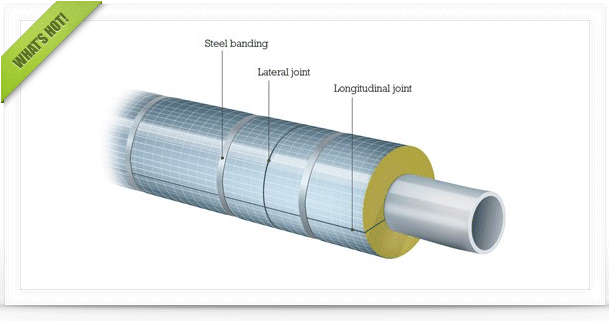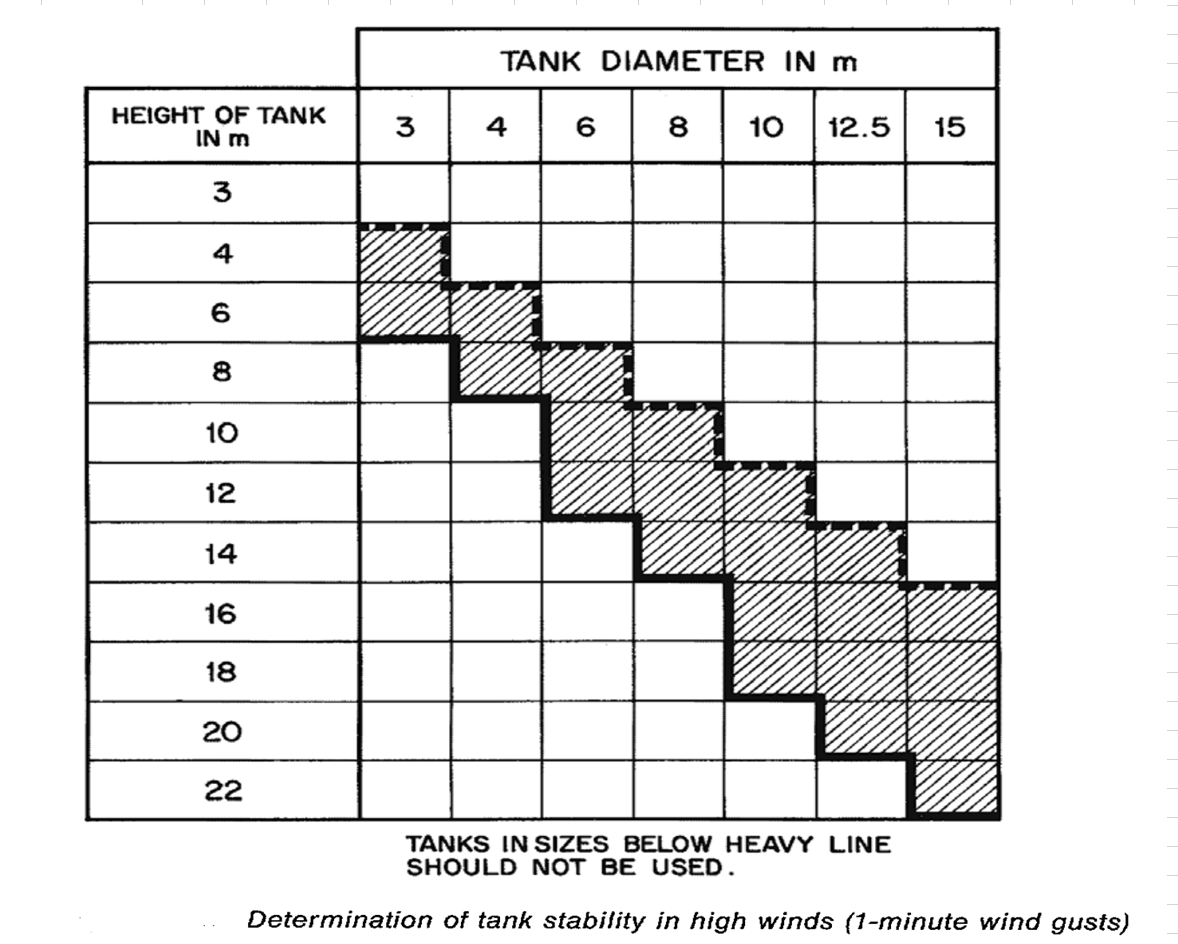|
|
Using Different Types Of Prvs To Protect The Same System
#1

Posted 09 December 2024 - 11:33 AM
Would appreciate some input to a question I have. I have a tower protected by 6 conventional valves. These valves are seeing pretty high backpressures (75 to 80%) during a total cooling water loss.
Having said that, the valve vendor has mentioned that these valves can take up to 75% backpressure and has provided us with a derating factor versus percentage backpressure. With the capacity of the valves derated, the 6 valves are not adequate for the full cooling water loss load.
Someone suggested replacing just a few of the conventional valves with pilots and maintaining the rest as is. The pilots would be able to take the higher backpressure and provide additional capacity.
This sounds good but i can't write off some worry about chattering or just valve instability because of their different characteristics. Still, I'm failing to come up with an example where i would see instability, specific to using both pilots and conventional valves together. Yes, high backpressure could cause chattering but this applies to just conventional valves as well.
Is using both types to protect the same system a good idea then? I think in this case it could be but maybe i'm missing something? The plan is to have 3 pilots (2 at 4 barg, 1 at 4.6 barg) and 3 conventional valves, all at 4.6 barg. Lowest design pressure in the system is at 4 barg.
I'm additionally curious to know if anyone has seen conventional valves being able to take such high backpressure.
Thanks for any thoughts you all might have.
#2

Posted 10 December 2024 - 12:04 AM
conventional or balanced bellows, there is a difference for your case
Edited by shvet1, 10 December 2024 - 12:06 AM.
#3

Posted 10 December 2024 - 12:50 AM
As far as I know, you win the award for the most PSVs on one tower! With your plan, the reliefs would be in four stages. I have never seen a scheme such as yours, but I also have never seen six relief devices on a tower. I suggest you document thoroughly your calculations and vendor guarantees. The high back pressure would definitely concern me. Is the problem that the relief header is undersized? I would consider routing larger diameter discharge piping with length as needed to make the back pressure reasonable. The consequences for misjudging such a large relief are likely major. I suggest using dynamic simulation or other means to more precisely assess the expected flows and pressure drops. A sharpened pencil for the relief calcs might result in the back pressure significantly lower than found in first pass calcs. If you are not expert, an outside consultant may be warranted.
#4

Posted 06 January 2025 - 01:42 AM
In theory that idea should work as long as the conventional PRV vendor can provide a written guarantee on the PRV capacity considering the high expected BP. Normally, conventional/bellows can handle backpressures up to 10%/40% of set pressure, respectively.
I personally would not go that route.
My bet however is that someone dropped the ball in sizing the relief discharge system. A properly designed relief system would have seen the high backpressure in the PRVs during design and would have triggered more scrutiny. Have you looked at the velocities in your relief tailpipes? FIV may be of concern for high velocities.
Similar Topics
Psv For Refrigeration SystemStarted by Guest_runnerup_* , 30 Jun 2025 |
|

|
||
Psvs Relieving To Closed Drain SystemStarted by Guest__1angelia23_* , 12 Jan 2025 |
|

|
||
Recip Compressor Discharge PrvsStarted by Guest_go-fish_* , 15 Oct 2022 |
|

|
||
Strategy For Adequacy Check Of Multiple Bdvs In A SystemStarted by Guest_nabeelsp1036_* , 22 Jan 2025 |
|

|
||
What Kind Of Cooling System Should I Use To Cool Down A Jacketed MixinStarted by Guest_HollyBoni_* , 31 Jan 2025 |
|

|

 FB
FB









